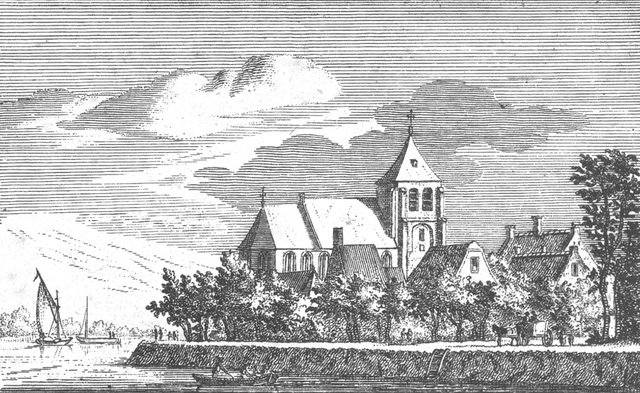Yes, there are a great many centuries-old drawings and etches you could use.
BTW this made me think of these two illustrations, a view of the town where my ancestors lived around 1600, and one of the nearby castle:


That first one even goes a little way towards your drawing style.
The first on is an engraving, a method I really like and has actually made a few pieces in (which is very seldom among artists and mostly done in a collaboration between an artists and a specialised craftsman). It is made by cutting the cobberplate with a steel Burin (Like these)
The second one is an ink-wash study - and a very fine one too. Do you own them or just found them on the internet??
I scanned them from old books I got my hands on. The first one looked like an original print on a separate page, the second one like a reproduction, maybe a litho, not sure.
I thought the first one was an etching, but I take your word for its being an engraving 8-).
The techniques are very similar and the actual printing is the same, but engravings tend to be a bit more stiff in the expression as the cutting in a hard surface makes it harder to make quirky lines. So the horisontal lines in the sky is a sign that it is engraving. Engraving tend to be more planned with clever ways of crosshatching while etchings look very much like line-drawings and making them is just like drawing with a very thin line.
Rembrandt preferred the much more organic lines of etchings, while engravings where the preferred media for mass-produced images because the triangular cut were more durable than the square etched ones.